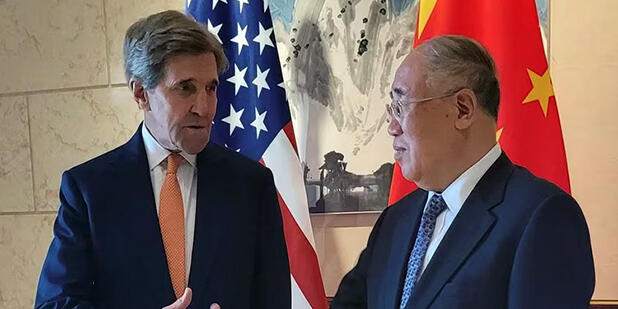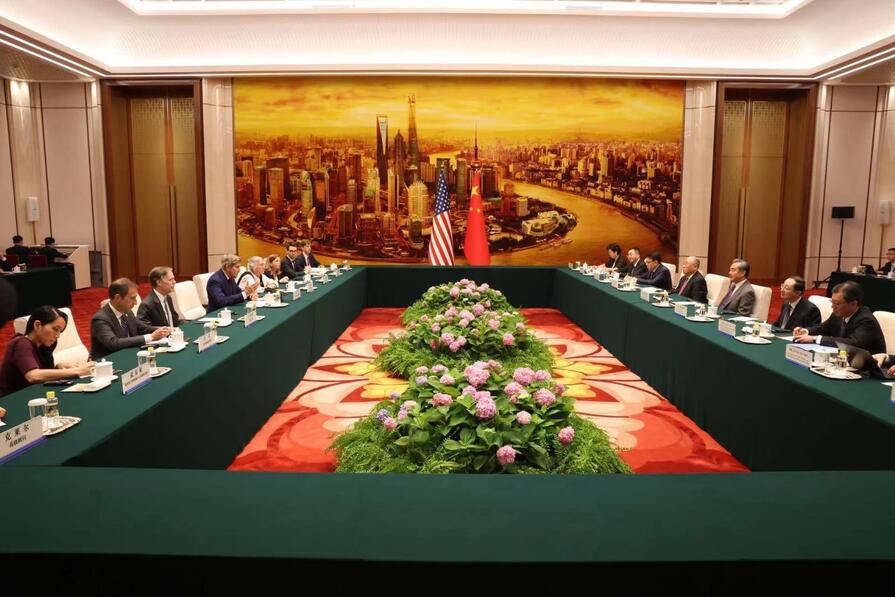Dorte Eide Paulsen, M.S
Abstract (Summary)
Paleoclimate during the past 16,100 years in central China was determined from a high-resolution study of growth rate, stable isotopic composition, and trace elements in a stalagmite from Budda Cave. Lamination counting was performed for the last ?150 years. No correlation was found between growth rate and instrumental records of precipitation and temperature. The interpretation of the ? 13 C and ? 18 O records defined several climatic periods: a dry period centered around 7ka, the Medieval Warm period, the Little Ice Age, and the coldest historically recorded decade within the last 500 years. Climatic cycles with periods of 1567, 33, 24, 12, 9.6, and 7.2 years were also identified. A simplistic model to interpret varying Mg/Sr, Sr/Ca, and Mg/Ca ratios in terms of climate variability was consistent with the isotopic interpretations.



